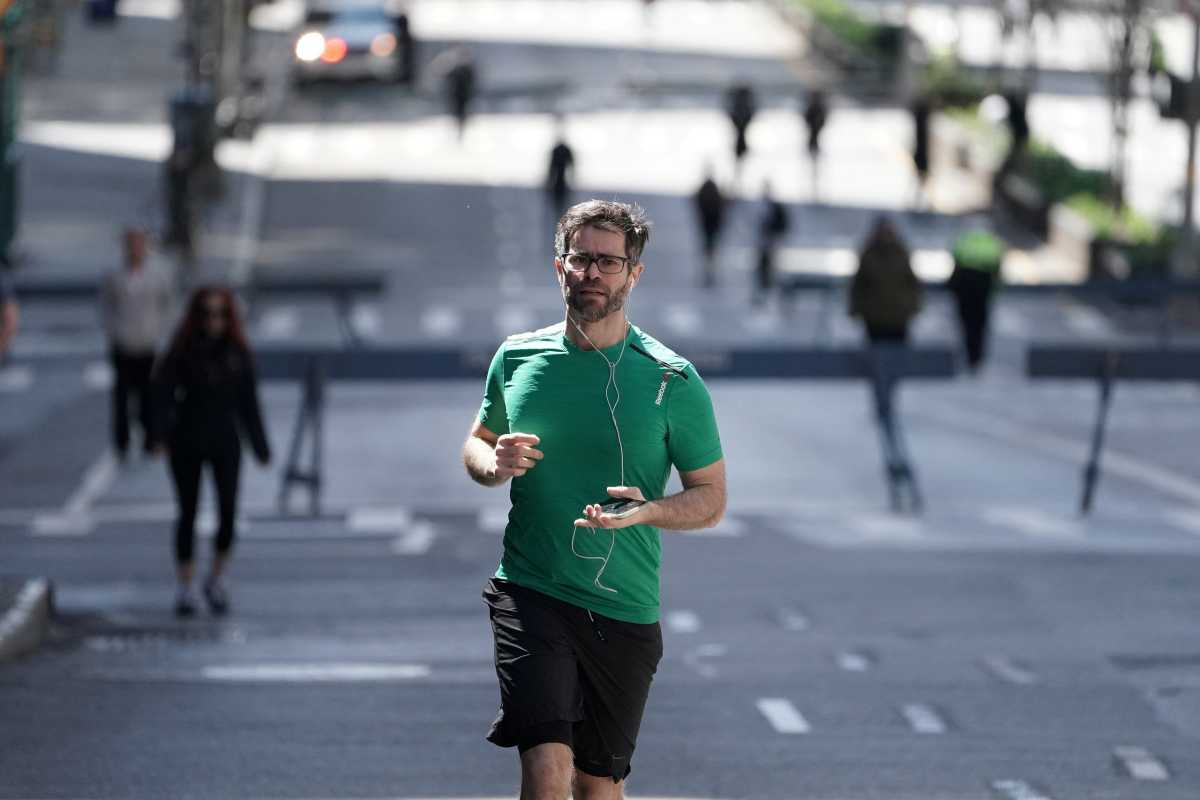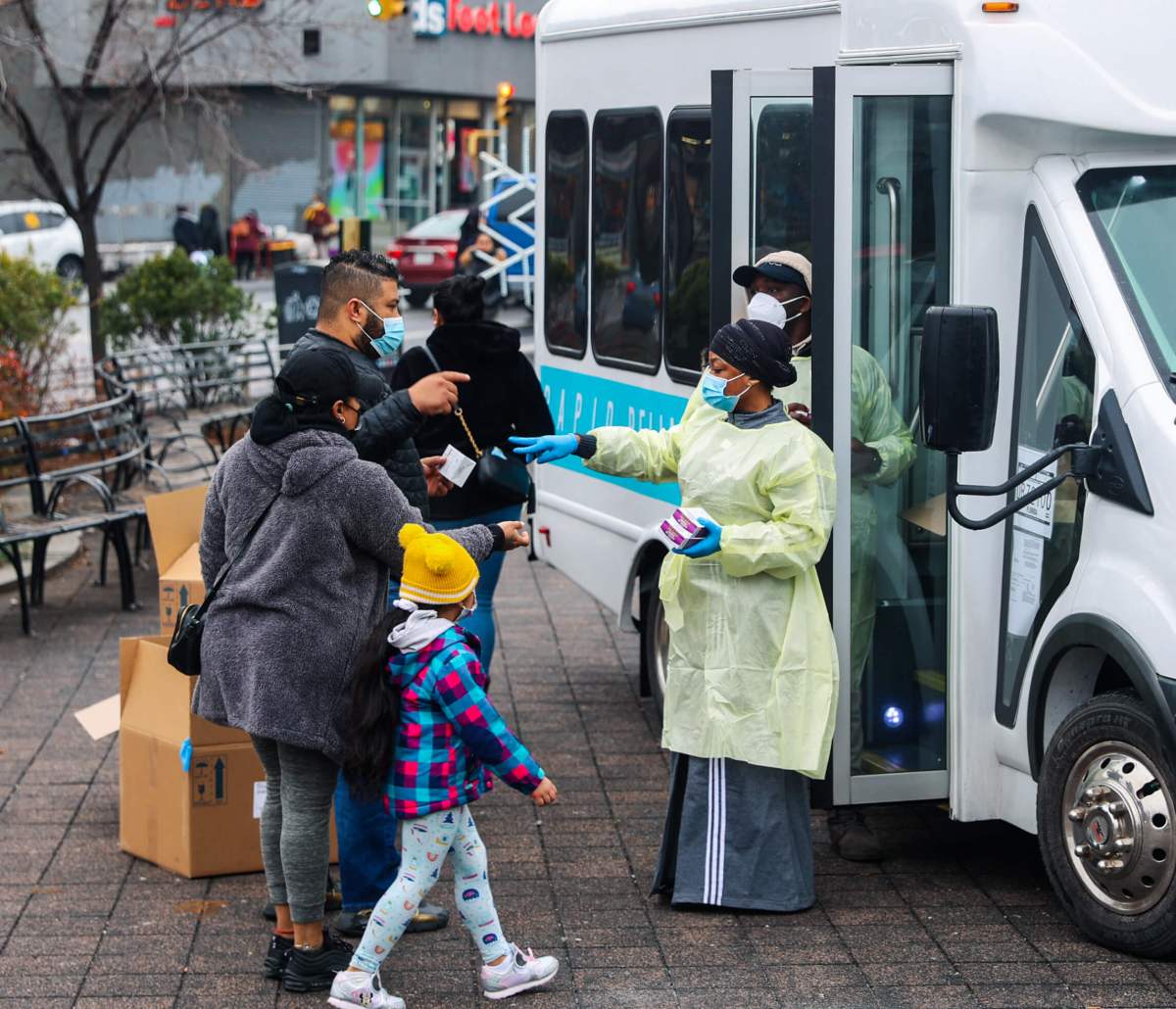BY TINA BELLON
New York City officials on Friday cautioned against a proposal to close some streets to car traffic to allow New Yorkers more space to stay apart and exercise outdoors during the coronavirus crisis – steps taken by other U.S. and European cities.
The officials said street closures and pedestrian-priority streets could not safely and quickly be implemented in a city as dense as New York.
The debate comes as cities around the world experiment with ways to gradually ease restrictions without compromising safety.
Cities also want to ensure that years of anti-smog policies are not reversed as people returning outside resort to private cars in favor of public transit or cycling.
In New York City, the epicenter of the U.S. outbreak, officials are concerned that warmer weather and a drop in infections could tempt some of the 8 million residents, many living in small apartments, to flout social distancing rules.
On Wednesday, City Council members introduced a bill to dedicate 75 miles of city streets to pedestrians and cyclists by closing at least one lane to vehicles while coronavirus restrictions are in place.
Lawmakers also called on the city to expand sidewalks and bike lanes. The city in early April cut funding to bicycle lanes as part of budget reductions.
During an online meeting of the City Council’s Transportation Committee, Department of Transportation Commissioner Polly Trottenberg said her agency supports the principle of opening streets and watched programs by other cities closely.
But the city did not have the resources to protect people on those streets, Trottenberg said, echoing earlier statements by NYC Mayor Bill de Blasio.
“The risk posed by such a model to pedestrians and motorists alike is significant,” NYPD Transportation Deputy Chief Michael Pilecki said during the meeting.
Traffic in NYC dropped by roughly 80% in April compared to January, according to analytics firm StreetLight Data. At the same time, tickets for speeding have increased.
Several U.S. cities, including San Francisco, Oakland and Denver, have closed some streets to vehicles.
In Italy’s Milan, a city preparing to re-open, authorities have announced plans to prioritize pedestrians, bicycles and electric scooters by expanding cycle lanes, stopping cars from parking on sidewalks and restricting traffic on some residential streets.
In the UK, Brighton has closed some of its seafront to cars during daytime and in Dublin, Budapest and Berlin bike lanes were expanded further onto the road.


































